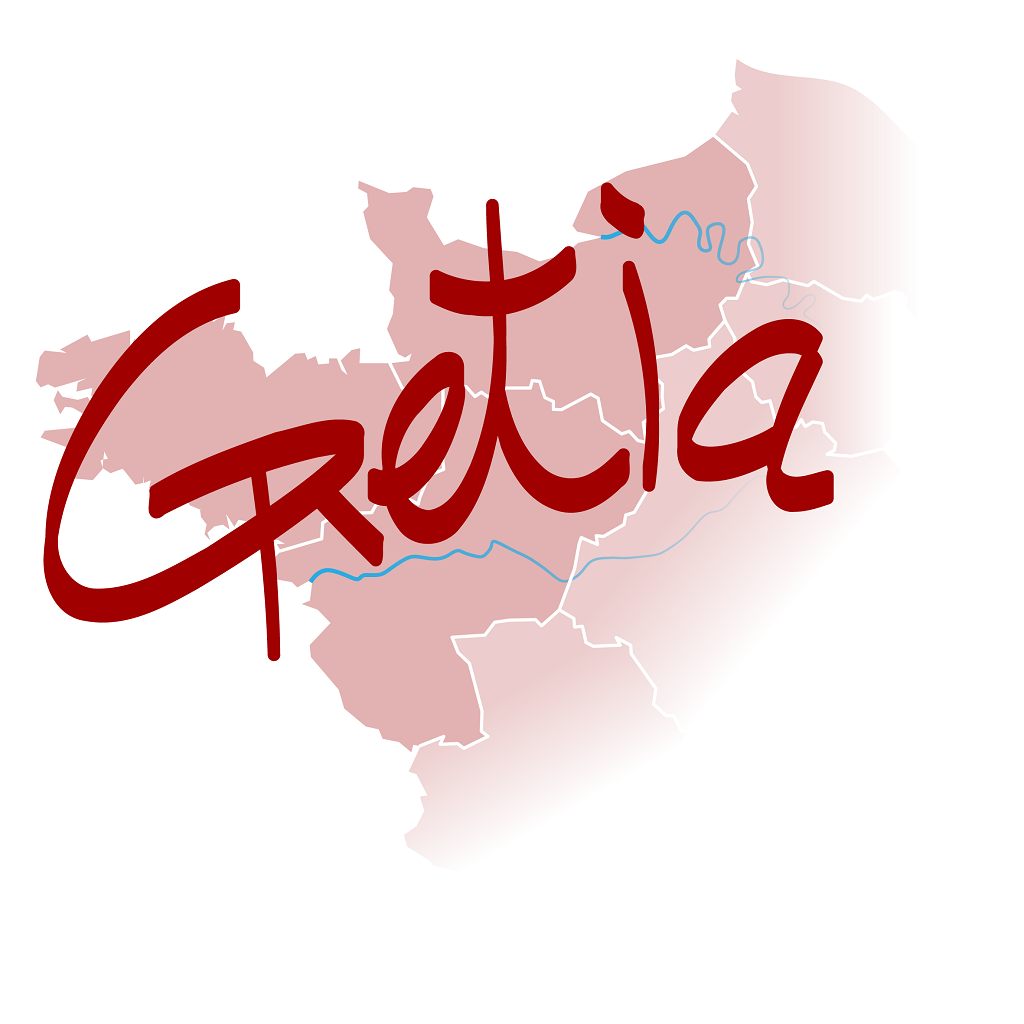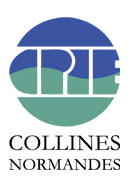- 267 observations
-
42
communes -
62
observateurs
23
organismes -
Première observation
1928 -
Dernière observation
2024
Alençon - Athis-Val de Rouvre - Aunay-les-Bois - Bazoches-sur-Hoëne - Beauvain - Belforêt-en-Perche - Carrouges - Champsecret - Écouché-les-Vallées - Écouves - Feings - Gacé - Gandelain - Gouffern en Auge - Héloup - Joué-du-Bois - La Ferté Macé - La Lande-de-Goult - Le Bouillon - Le Mêle-sur-Sarthe - Les Monts d'Andaine - Les Ventes-de-Bourse - Longny les Villages - Lonlay-l'Abbaye - L'Orée-d'Écouves - Mantilly - Mortrée - Moulins-la-Marche - Perche en Nocé - Putanges-le-Lac - Saint-Aubin-de-Bonneval - Saint-Céneri-le-Gérei - Saint-Germain-du-Corbéis - Saint-Gervais-des-Sablons - Saint-Martin-l'Aiguillon - Saint-Nicolas-des-Bois - Saint-Patrice-du-Désert - Saint-Philbert-sur-Orne - Sarceaux - Ticheville - Tourouvre au Perche - Vieux-Pont
-
PNR et géoparc mondial UNESCO Normandie-Maine
Participation à 113 Observations
Part d'aide à la prospection : 42.32 %
Fiche organisme
-
Office national des forêts (ONF)
Participation à 52 Observations
Part d'aide à la prospection : 19.48 %
Fiche organisme
-
Peter Stallegger (Consultant Environnement)
Participation à 35 Observations
Part d'aide à la prospection : 13.11 %
Fiche organisme
-
Association Faune & Flore de l'Orne (AFFO)
Participation à 30 Observations
Part d'aide à la prospection : 11.24 %
Fiche organisme
-
GRoupe d'ETude des Invertébrés Armoricains (GRETIA)
Participation à 25 Observations
Part d'aide à la prospection : 9.36 %
Fiche organisme
-
Conseil départemental de l'Orne (bureau ENS)
Participation à 23 Observations
Part d'aide à la prospection : 8.61 %
Fiche organisme
-
UMS PatriNat (OFB-CNRS-MNHN)
Participation à 23 Observations
Part d'aide à la prospection : 8.61 %
Fiche organisme
-
Ministère de la Transition écologique et de la Cohésion des territoires
Participation à 19 Observations
Part d'aide à la prospection : 7.12 %
Fiche organisme
-
Muséum national d'Histoire naturelle (MNHN)
Participation à 15 Observations
Part d'aide à la prospection : 5.62 %
Fiche organisme
-
Office pour les insectes et leur environnement (OPIE)
Participation à 14 Observations
Part d'aide à la prospection : 5.24 %
Fiche organisme
-
CPIE Collines normandes
Participation à 13 Observations
Part d'aide à la prospection : 4.87 %
Fiche organisme
-
Conservatoire d'espaces naturels du Centre-Val de Loire (CEN CVL)
Participation à 5 Observations
Part d'aide à la prospection : 1.87 %
Fiche organisme
-
Conservatoire d'espaces naturels des Pays de la Loire (CEN PDL)
Participation à 5 Observations
Part d'aide à la prospection : 1.87 %
Fiche organisme
-
Habitants-bénévoles
Participation à 4 Observations
Part d'aide à la prospection : 1.50 %
Fiche organisme
-
Université de Rennes
Participation à 4 Observations
Part d'aide à la prospection : 1.50 %
Fiche organisme
-
Département de la santé des forêts
Participation à 2 Observations
Part d'aide à la prospection : 0.75 %
Fiche organisme
-
Le Monde des Insectes (insectes.org)
Participation à 2 Observations
Part d'aide à la prospection : 0.75 %
Fiche organisme
-
Système mondial d’information sur la biodiversité (GBIF)
Participation à 2 Observations
Part d'aide à la prospection : 0.75 %
Fiche organisme
-
Bureaux d'études & consultants
Participation à 2 Observations
Part d'aide à la prospection : 0.75 %
Fiche organisme
-
Conseil départemental de l'Orne
Participation à 1 Observation
Part d'aide à la prospection : 0.37 %
Fiche organisme
-
Association d’étude & de protection de la Nature dans le Perche & la Vallée du Loir (perchenature.fr)
Participation à 1 Observation
Part d'aide à la prospection : 0.37 %
Fiche organisme
-
Réserves Naturelles de France (RNF)
Participation à 1 Observation
Part d'aide à la prospection : 0.37 %
Fiche organisme
-
DREAL Centre-Val de Loire
Participation à 1 Observation
Part d'aide à la prospection : 0.37 %
Fiche organisme
Informations espèce
Répartition actuelle en France métropolitaine
© INPN - Avertissement : les données visualisables reflètent l'état d'avancement des connaissances et/ou la disponibilité des données existantes au niveau national : elles ne peuvent en aucun cas être considérées comme exhaustives.











